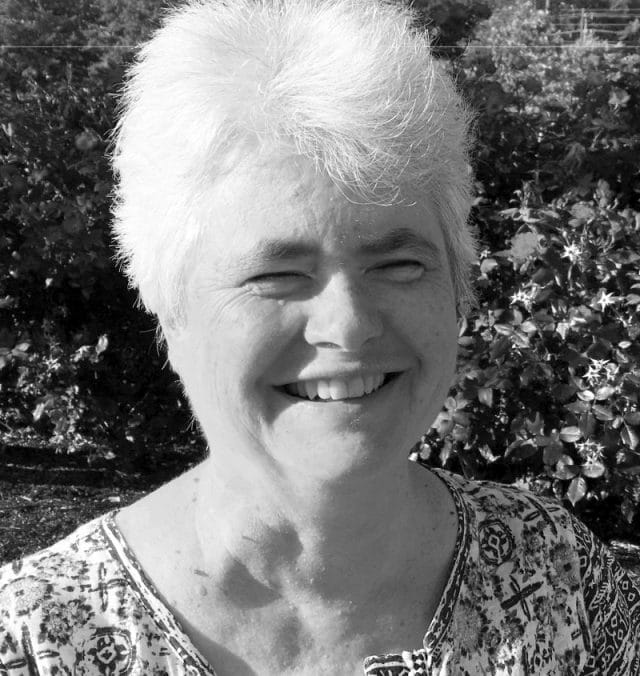
More Complementary Health Articles
Better Posture, the All-Around View Through Training In the Feldenkrais Method
If you feel that your posture could be improved, what do you think it would take to improve it? And how long would it take? Someone might have told you, perhaps very young, to pull your shoulders down and back. Did that work then? Does it work now? Generally not. The reason is that posture is complicated.
One can easily see in bad posture that the shoulders are not where they should be, so it seems logical, and appealingly simple, and economical in all resources, to just put them where they out to be. But it rarely works. And the reason is that while this approach is logical to the mind, it is not logical to the body.
The body is an entity that functions as a whole. Bad posture affects every single joint. And for better posture to become stable, every single joint needs to contribute.
The body is an entity that functions with an emotional life, and, generally, is subordinate to the emotional life. So, when the body goes through an experience that makes a new physicality possible, the emotional stance also has to adjust.
The body is an entity that functions in a social context. In aiming for better posture, it is important to be sensitive to the fact that with each shift in physical stance there is a corresponding shift in social stance.
A further complication is that bad posture is a habit. Habit is a powerful force. You might only notice this once you try to change one.
The Feldenkrais Method is a training process that takes place through movement. It provides a great variety of movement sequences; one at time, of course. Often the student doesn’t quite know and wonders, mid-stream, where this is going.
The purpose of the sequences is neurological. They are not aimed at strengthening or stretching, but at giving the person a challenge in awareness. Engaging this challenge, first of all, outfoxes habit, and, secondly, brings on the experience of something “fresh”.
While being safe and remaining within the capacity of the student, the movements awaken something. It is this awakening that leads, through an invisible, inner, all-around process, to the better posture that many of us wish to enjoy.

















